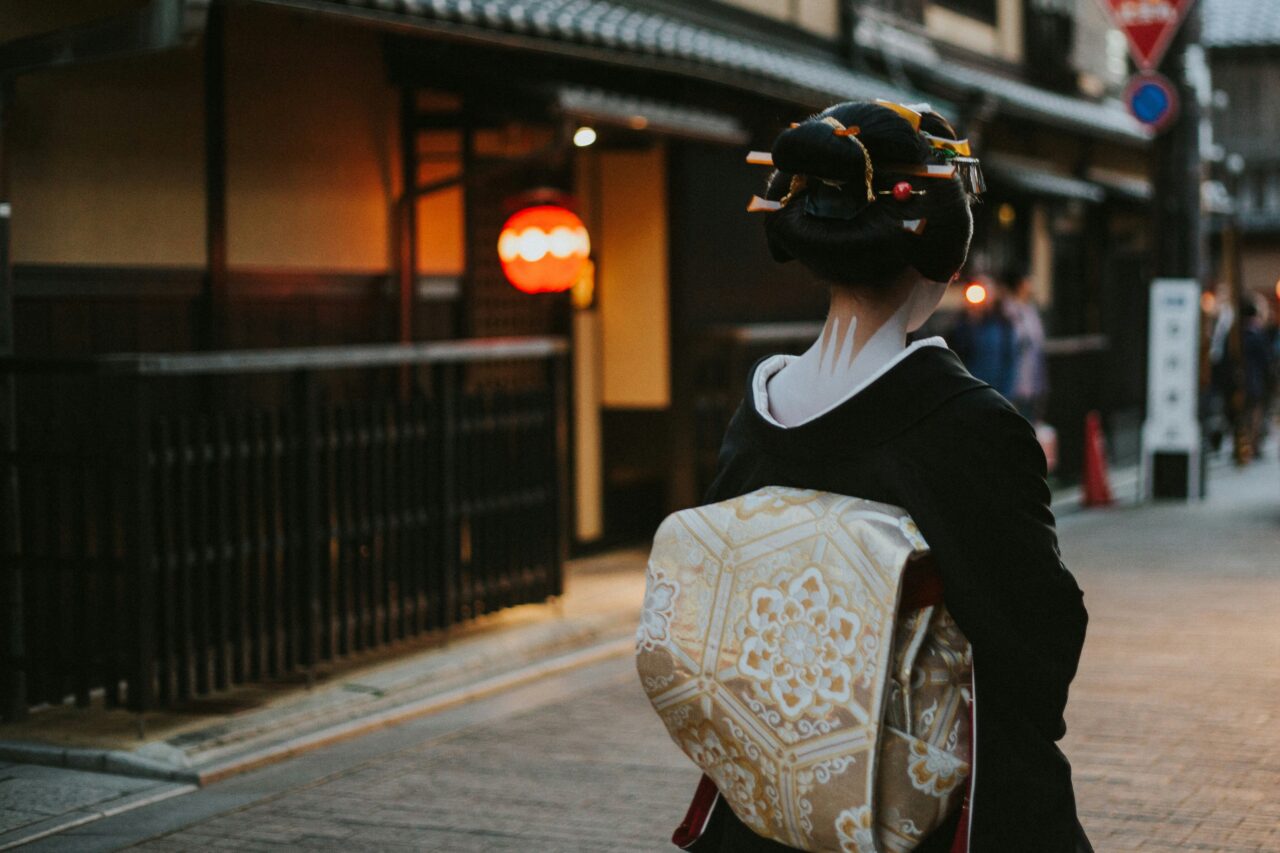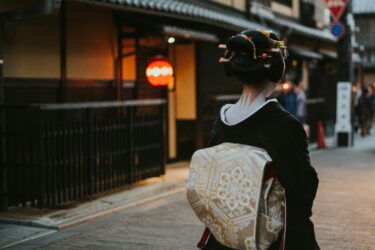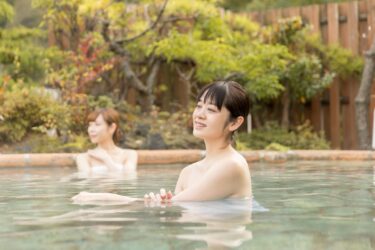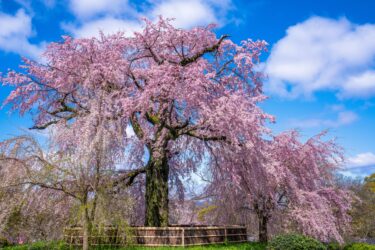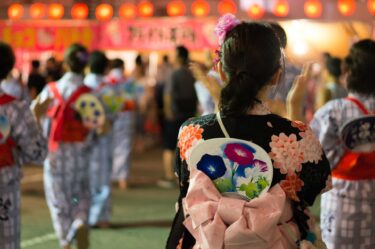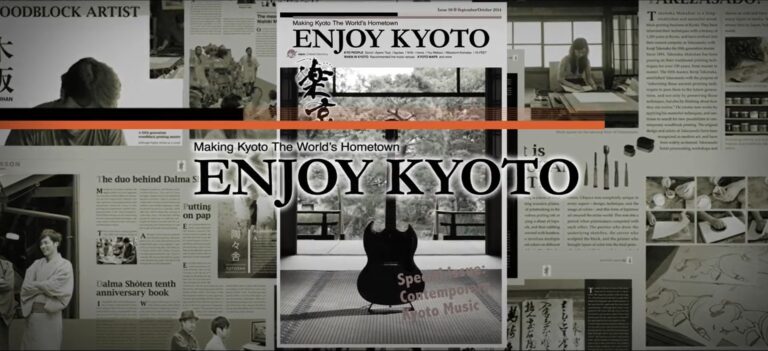Enjoying Hanamikoji Like a Local: Supporting the Heart of Gion
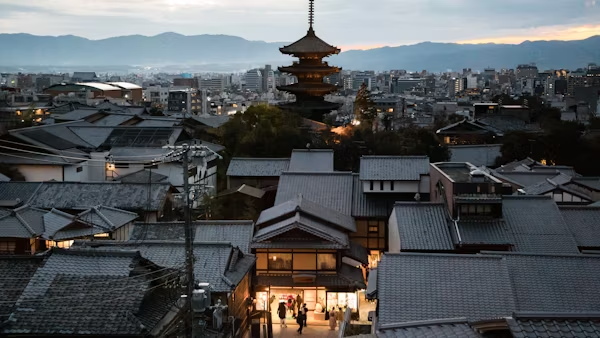
To really experience Hanamikoji Street like a true Kyoto-ite, even if just for an afternoon, you might want to think about how you can actually contribute to its ongoing preservation and vibrant culture. And honestly, one of the most impactful ways? It’s by simply supporting the incredible local businesses that call this historic street home.
These establishments, ranging from traditional tea houses and exquisite kaiseki restaurants to artisanal craft shops and kimono rental services, are the very lifeblood of the area. By choosing to spend your money at these local businesses, you directly contribute to their sustainability, allowing them to continue their traditions and share their skills with future generations.
Another great way to be mindful during your visit is simply by showing respect for the local customs and environment. Your thoughtful presence and genuine appreciation for Hanamikoji’s delicate charm will help ensure that this iconic street remains a cherished destination for years to come.
So next time you make your visit, try to embrace the spirit of Hanamikoji by being a thoughtful observer. What new understanding will you carry home with you?
Frequently Asked Questions
Q: Can you take photos on Hanamikoji Street?
A: This is one of the most common questions visitors have, and the answer is nuanced. On the main public street of Hanamikoji, you can take photos, but it’s important to do so with extreme caution and respect for your surroundings.
You’ll often see signs in multiple languages forbidding photography on the smaller, private alleys that branch off the main street. This is because people live there, and the ban is in place to protect their privacy.
A good rule of thumb in Japan is to never take a photo of someone without their permission. While it’s understandable you want photos of the Geiko, it’s better to observe them respectfully from a distance.
Q: What is Hanamikoji Street most famous for?
A: It’s the most famous street in Gion, known for its beautifully preserved machiya (traditional wooden townhouses), high-end ryotei restaurants, ochaya (teahouses) where Geiko and Maiko entertain guests, and its historic atmosphere.
Q: What is the best time to see geisha in Gion?
A: While there are no guarantees, your best chance for a fleeting glimpse is around dusk (5:45 PM – 6:30 PM) when Geiko and Maiko may be heading to their evening appointments. Remember to be respectful and not obstruct their path.
Q: Is Hanamikoji Street closed to tourists?
A: The main public thoroughfare of Hanamikoji Street is open to everyone. However, the small private alleys branching off from it are not for public access, and photography is strictly forbidden on them to protect the privacy of residents and businesses.
Q: What’s the difference between Hanamikoji Street and Hanamikoji-dori?
A: They are the same. Dori (通) is the Japanese word for “street,” so Hanamikoji-dori is the formal Japanese name for Hanamikoji Street.
- 1
- 2

